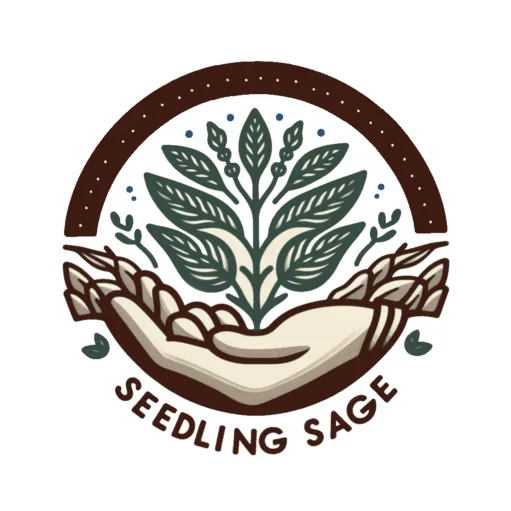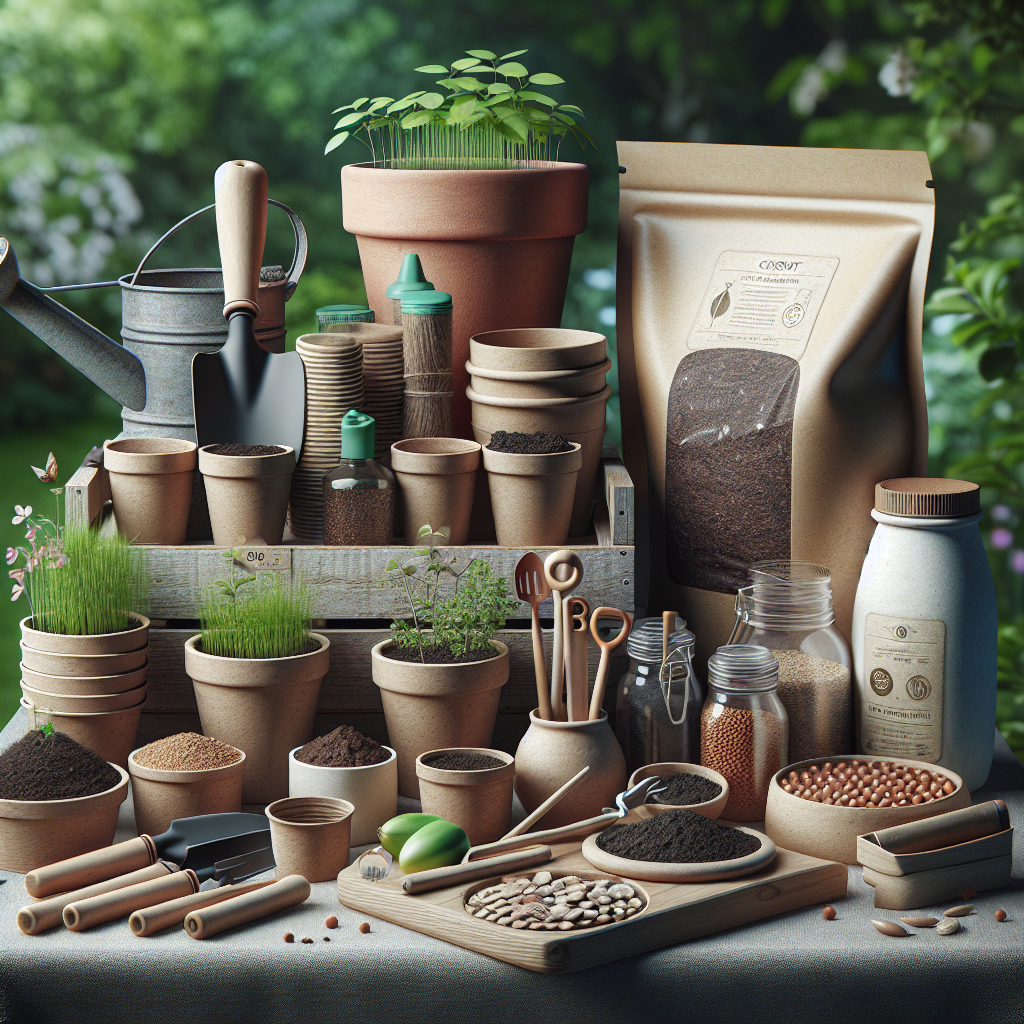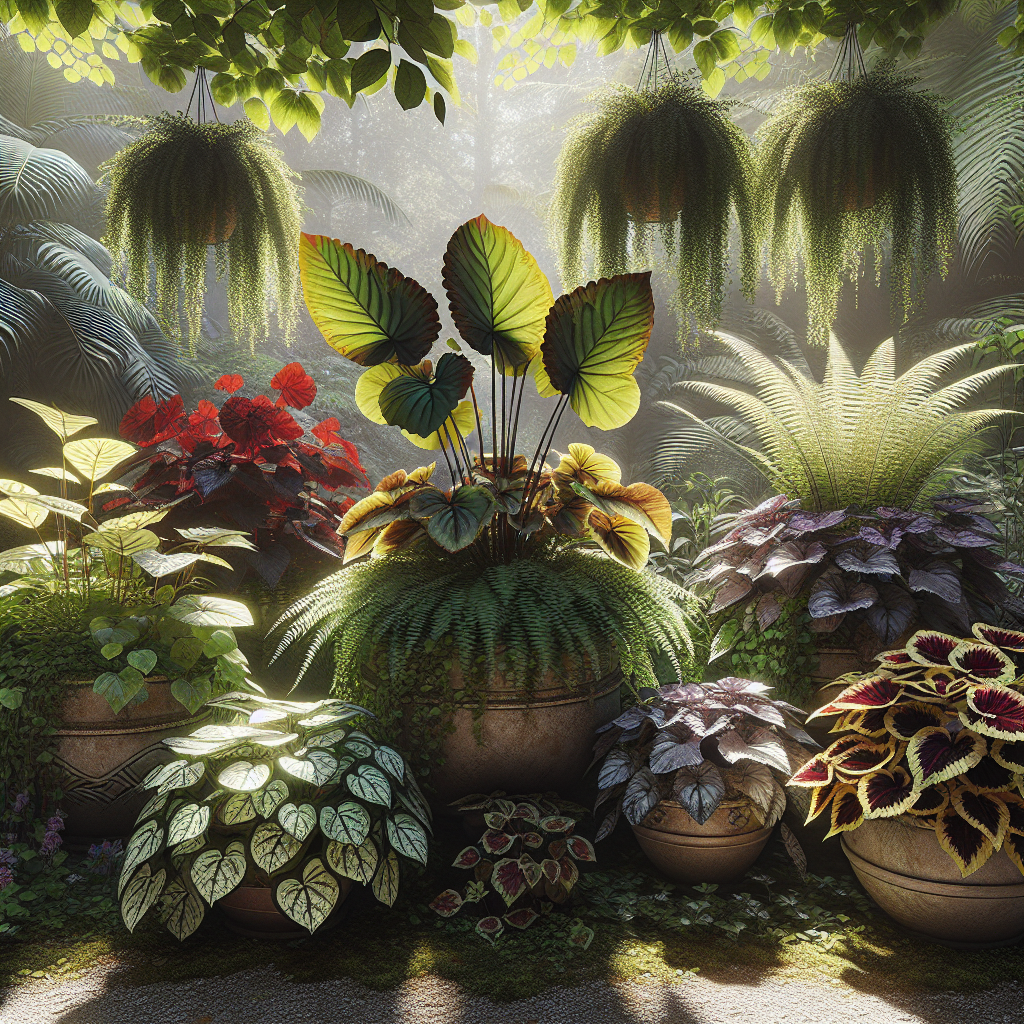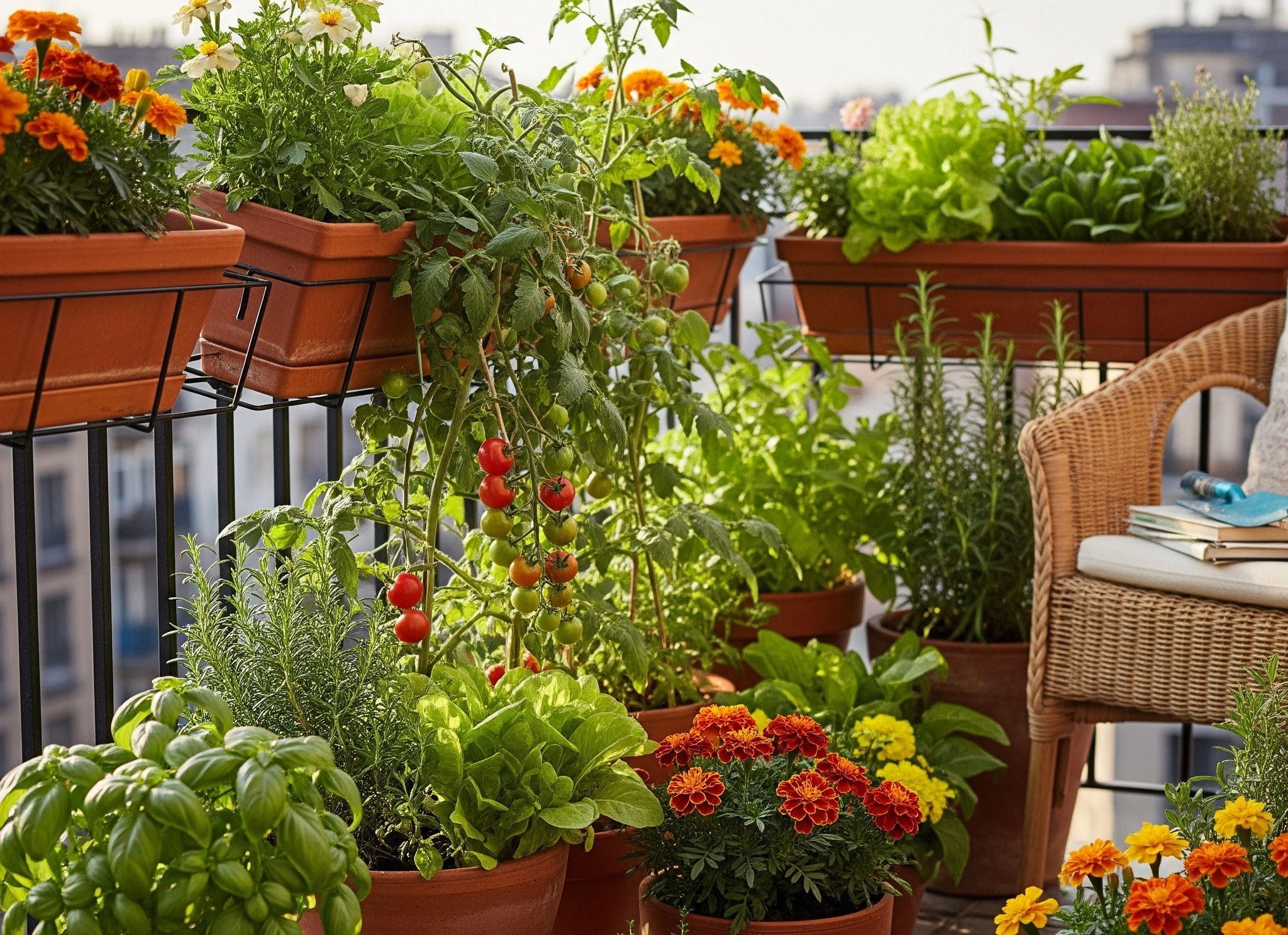The Ultimate Guide to Container Gardening for Beginners: Grow Plants Anywhere!
October 30, 2024 | by Emma Sage
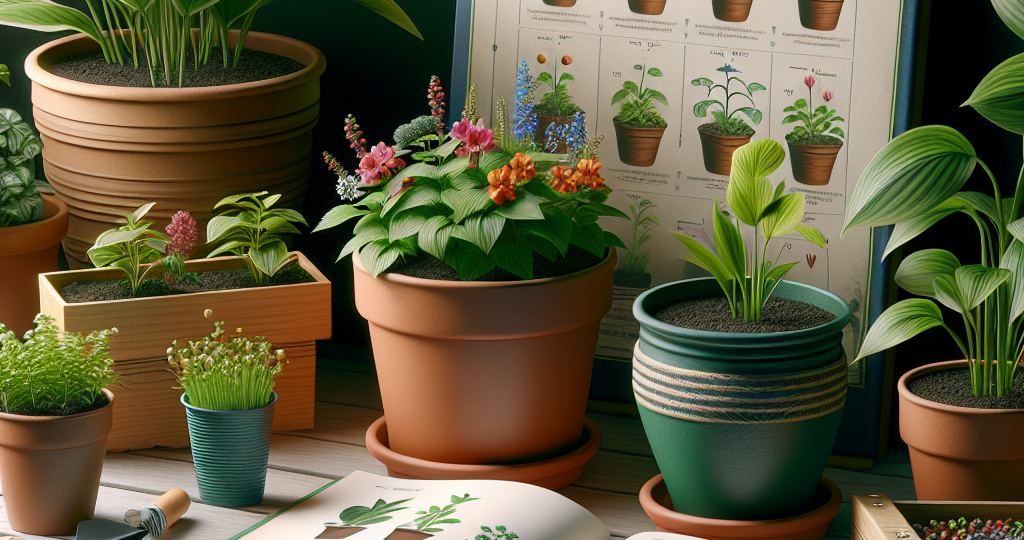
BEGINNER’S GUIDE TO CONTAINER GARDENING
11 min read
Join me in my beginner’s guide to container gardening and unlock the joys of urban gardening today!
Getting Started with Container Gardening
Container gardening turned my cramped little urban space into a lush, leafy paradise. It’s a fun ride, and you don’t need much to start. Here’s my story on how I got things growing.
Essential Gardening Tools for Beginners
When I dipped my toes into container gardening, I found out you don’t need to break the bank on tools. My collection started small but meaningful. Here’s what I would grab first:
| Tool | Purpose |
|---|---|
| Hand trowel | Digging holes and planting stuff |
| Pruners | Giving plants a nice haircut |
| Watering can | Making it rain on your greens |
| Gardening gloves | Keeping your hands clean and scratch-free |
| Ergonomic digging fork | Making digging less of a workout, especially in tough dirt |
I’m a big fan of gloves made from the fancy sport fabric. They’re breathable, keep your hands dry, and fit like a second skin. Makes you feel like a pro (Garden Design). My go-to is the Radius Garden 203 Pro Ergonomic Steel Digging Fork. It’s built like a tank but easy to use.
Want more tool tips? Check out container gardening for beginners.
Selecting the Right Container
Picking a good container is no joke. Your plants need room to grow and breathe, plus they hate soggy feet. Here’s what works for me:
- Plastic pots: Super lightweight and you can shift ’em around easily. They keep dirt moist and come in all shapes and sizes. Just make sure they’ve got drainage holes.
- Ceramic pots: They’re eye candy but can be hefty. Glazed ones don’t hold water, which is nice.
- Wood containers: Think rustic and charming, like pine or cedar. Just line ’em to keep rot away.
Match your containers with what you’re growing. Some fun ones include beans, tomatoes, and radishes; strawberries and mini fruit trees; basil, mint, and rosemary for the herb lovers (Swan Hose).
My gardening tale’s been a blast, and I can’t wait to see where it takes me next. Interested in growing herbs at home? Check out container herb gardening for beginners or start simple with easy container gardening for beginners.
Container Gardening Basics
Getting started with container gardening has been a game-changer for me. Whether I’m working with a balcony, patio, or a sunny windowsill, there’s so much joy in planting and nurturing in containers. Here’s a quick guide to kick off your green adventure.
Benefits of Container Gardening
Container gardening is perfect for anyone just starting out, especially if you’re living in the city. Here’s why it’s awesome:
- Space-Saving: Even with a tiny area, I can have a lively garden.
- Easy to Handle: Moving pots around lets me find the best light and avoid bad weather.
- Custom Soil: I can mix the soil to match what my plants need (Swan Hose).
- Artistic and Fun: I enjoy picking out beautiful containers that prettify my living space.
Suitable Container Types
Picking the right pots makes a big difference. Here’s what I think about:
| Container Material | Pros | Cons |
|---|---|---|
| Plastic | Light, cheap, holds in water well | Sun can fade or crack it |
| Ceramic | Looks nice, insulates well | Heavy, might need extra holes |
| Clay | Breathable, good for drainage | Dries fast, cracks in the cold |
| Wood | Earthy style, eco-friendly | Needs upkeep, can rot |
By considering the container’s material, drainage, and size, I give my plants a good home (Swan Hose).
Potting Mix and Soil Considerations
A good potting mix is like a healthy diet for my plants. Here’s my take:
- Quality Counts: Going for a high-quality, organic mix keeps my plants happy and healthy. Local greenhouses usually have some great picks.
- Nutrition Balance: A good mix provides the right nutrients and holds moisture, making it simpler to care for the plants.
Container gardening is something I find incredibly rewarding, and I hope these tips help you get into it too. If you’re looking for more advice, check out our articles on container gardening for beginners or see what you can do with container vegetable gardening for beginners for plant ideas.
Setting Up Your Container Garden
Starting up with my container garden was like stepping into a thrilling adventure. Here, I wanna share what I found out about picking plants, planting ’em right, and getting that drainage just so.
Picking Plants for Containers
Selecting plants was like choosing my dream team. I found out some green friends handle tight spots better than others. Here’s a list of rockstar options for city peeps like me:
| Plant Type | Light Requirements | Water Needs |
|---|---|---|
| Herbs (Basil, Parsley) | Loves the sun | Drinks often, not too much |
| Tomatoes | Full sun all day | Needs a water job often |
| Lettuce | Prefers a bit of shade | Steady drinks |
| Succulents | Bright kinda light | Sips water, not guzzle |
If you’re buzzing for more, peep my write-up on container herb gardening for beginners or container veggie gardening for newbies.
Planting Techniques that Deliver
Ready to plant? Here’s how I did it to make sure those plants didn’t throw a tantrum:
- Fill the pot: I scooped in dirt till it was about a third up.
- Dig holes: Poked little soil pockets for each plant kid.
- Place plants: Sat each one in its new home, same depth as before.
- Pack the soil: Added more soil to keep those roots comfy and snug.
- Water all the way: Gave ‘em a good drink to settle the soil and nix air gaps.
Got a thing for straightforward tips? Check my piece on simple container gardening for rookies.
Getting That Drainage Right
Quickly realized: Drainage ain’t something to mess around with. Poor drainage can throw your plant world into chaos. Here’s my strategy:
- Containers with holes: Made sure my pots had holes to let water escape.
- Go porous: Mixed soil with two parts dirt, two parts peat moss, and a single part perlite—a recipe for perfect drainage.
- Spice it up with amendments: Couldn’t skip the nutrition part: tossed in 5 pounds of fertilizers and a splash of dolomitic lime per cubic yard (UGA Extension).
By pulling these moves, I rigged up my container garden to boot up bigger and better. This setup was my secret to raising lively, happy plants right here in my small urban hangout.
Maintenance Tips for Container Plants
Taking care of container plants can seem like a jungle at first, but it’s not rocket science. I’ve picked up some solid tips that might help as you dive into the world of potted greenery.
Watering and Fertilizing Guidelines
Keeping your containers hydrated is crucial for them to thrive. You want the soil to be like a damp sponge—not too dry, not drowning. Stick your finger an inch into the dirt; if it feels like a desert, time to water. Remember, too much or too little can be a disaster, leading stuff like root rot sneaking up on your plants.
When it comes to plant munchies, start with a bang by using something like Miracle-Gro® Performance Organics® All Purpose Container Mix. It’s got the good stuff your plants crave. Give them a little extra love with some regular snacks in the form of plant food during their active growing months. Here’s a simple chart to help get your fertilizer game on point:
| How Much Soil | How Much Fertilizer | How Much Lime |
|---|---|---|
| 1 cubic yard | 5 pounds | 4 to 5 pounds |
Pruning and Pest Control
Pruning isn’t just for wigs; it’s key for your plants, too. Getting rid of dead or yellowing leaves helps everything else stay happy and healthy. Most plants need a haircut once or twice a season.
No one invited pests, but they show up anyway. Regular checks are your best defense. If you spot bugs or diseases, kick them out fast. Natural remedies or a bit of insecticidal soap can help without dunking your greenery in chemicals. For more pest-busting tips, swing by our container gardening for beginners section.
Seasonal Care Adjustments
As the seasons do their thing, it’s a cue to tweak how we care for our plants. Spring and summer are the party months when your plants might need more drinks and snacks. So kick up your watering schedule a notch.
When fall and winter roll in, slow your roll. Plants chill out a bit and don’t need nearly as much attention. If frost starts hanging around, consider bringing pots inside or wrapping them up snug as a bug.
Following these tidbits, I’ve watched my potted pals thrive and found joy in the nurturing process. Want to grow more? Hop over to easy-container gardening for beginners and find guides to start your journey into container herb gardening for beginners and container vegetable gardening for beginners.

Advanced Container Gardening Tips
As I dive into my world of container gardening, I’ve picked up some nifty tricks that can make your garden grow like never before. Let me share my secrets about choosing the right container size, using funky containers, and going vertical with your garden.
Container Size Recommendations
You gotta get the right fit when it comes to containers. A shoebox won’t cut it for a big ol’ tomato plant, and a bathtub’s too big for a dainty little herb. Here’s my cheat sheet for getting it right:
| Plant Type | Suggested Container Size |
|---|---|
| Herbs | 6-8 inches wide |
| Annuals/Perennials | 10-12 inches wide |
| Small Veggies | 12-14 inches wide |
| Medium Veggies | 14-18 inches wide |
| Big Veggies | 20 inches or bigger |
This table mirrors my gardening escapades and has helped steer my plants in the right direction.
Specialized Containers
While playing around with various pots, I’ve found some unique options that are game changers for specific needs:
- Wood Pots: Made from goodies like pine or cedar, they look earthy and fab. Throw a lining in there to stop the rot party (Stacy Ling).
- Metal Tubs: Tough as nails and age gracefully. Just make sure they have drainage holes to avoid turning into a pond (Stacy Ling).
- Terracotta and Glazed Ceramic: Terracotta pots are old school and cheap, while glazed opts for some added color bling. Each has its ups and downs, like weight and breathability.
Picking the right pot can really make or break your garden’s success.
Vertical Gardening Solutions
Squeezed for space? Going vertical is the way to grow! My go-to tricks are wall planters, hanging baskets, and shelf-style plant racks. They let me jam in more plants without cramping my style. Check out these faves:
- Wall Planters: Awesome for herbs or little blooms. Perfect for hanging on porches or balconies.
- Hanging Baskets: Great for dangly plants. Hang ’em in the sunny spots for best results.
- Tiered Plant Stands: They let you show off plants at different heights, so everyone’s basking in sunlight.
These up-and-up ideas not only save some space but also turn your garden into a visual delight.
If you’re itching for more tips, check out container gardening for beginners, dive into different greens with container vegetable gardening for beginners, and dig into herbs with container herb gardening for beginners. These tips have seriously upgraded my container growing game, and I bet they’ll do the same for you!
Troubleshooting Common Container Gardening Issues
When I jumped into the world of container gardening, I quickly figured out I’d have some bumps in the road. It ain’t all sunshine and daisies. Here’s a rundown of the hiccups I hit and how I got over them.
Overwatering and Underwatering
Finding the sweet spot with watering was one of my first struggles. Getting the soil just right – moist but not a swamp – takes a bit of finesse. Too much water turns your plants into mushy victims of root rot while too little leaves them crying out like crunchy, thirsty zombies. I got into the habit of poking my finger into the soil – if the top is dry, then it’s time for H2O. A moisture meter soon became my trusty sidekick to understand what the plants were really needing.
| Condition | Symptoms | Solution |
|---|---|---|
| Overwatering | Leaves yellowing, looking limp | Cut back on the watering, sort out drainage |
| Underwatering | Leaves turning brown and crispy | Soak those roots well, make sure the soil stays nice and moist |
Got more burning questions about watering? Peek at our container gardening for beginners guide.
Soil Health and Nutrition
Keeping my soil in tip-top shape was another learning curve. Mixing up the potting blend needed some know-how, and I discovered the joys of fertilizers and lime to keep my plants fed. An easy trick I learned was to toss in about 5 pounds of fertilizer and 4 to 5 pounds of dolomitic lime per cubic yard of potting mix. (Thanks, UGA Extension).
A quick touch test usually revealed if my soil needed a bit of help with draining or if it was packed too tight. The feel of the soil tells me if I need to shake up my setup to keep each plant thriving (The Herbal Academy).
| Soil Component | What It Does |
|---|---|
| Organic Matter | Better structure and hold |
| Fertilizer | Gives a nutrient boost |
| Dolomitic Lime | Balances pH, adds calcium |
Want to go deep into specific plant care? Check our container vegetable gardening for beginners and container herb gardening for beginners.
Managing Plant Diseases and Pests
Keeping the critters and plant illnesses at bay was tricky. I made it a routine to give my plants a thorough look-over; catching issues early is always a win. Good airflow and not cramming too many plants in one spot played a huge part in dodging diseases. If any little pests showed up, I fought back with natural methods or organic sprays. Fast action was key.
By keeping a close watch, I helped my plants stay happy and healthy. Staying on top of things is the secret sauce. Get more juicy tips from our piece on easy container gardening for beginners.
By being hands-on and learning about these problems, I turned my container gardening into something joyful and rewarding.
Happy Gardening,
Emma Sage
RELATED POSTS
View all
